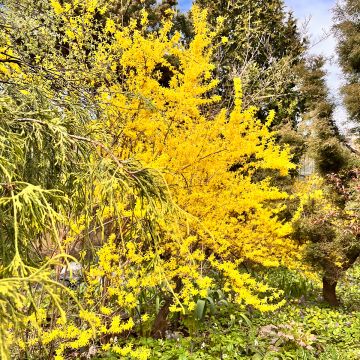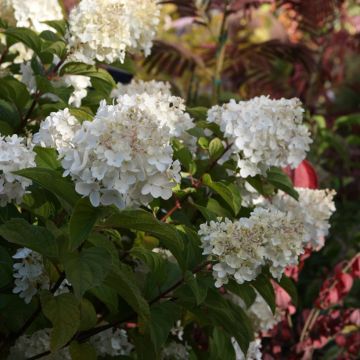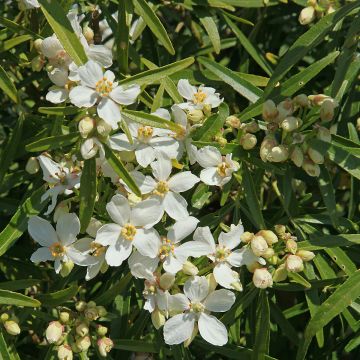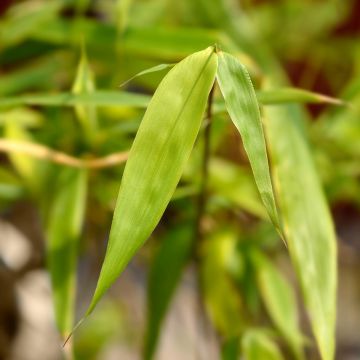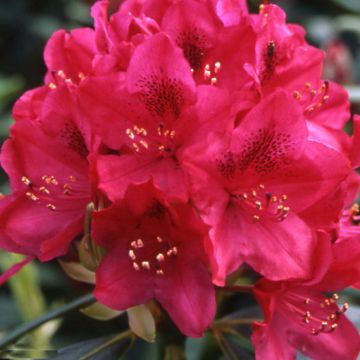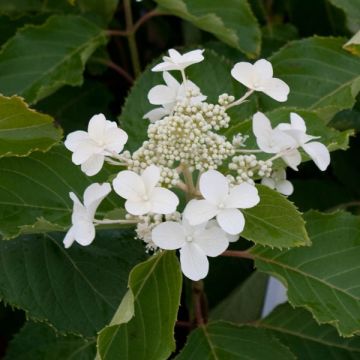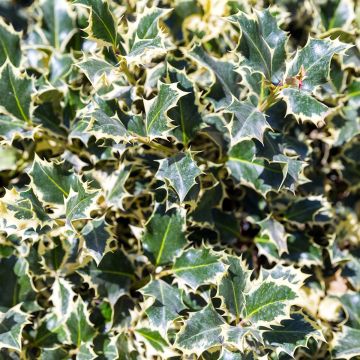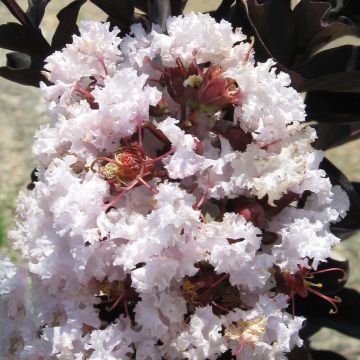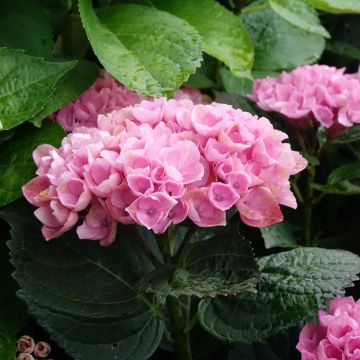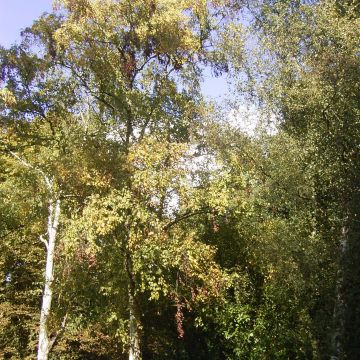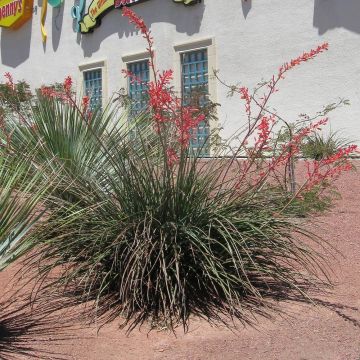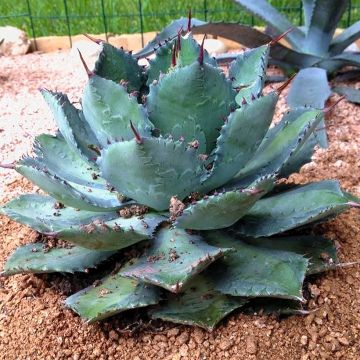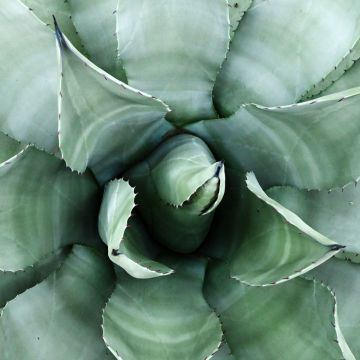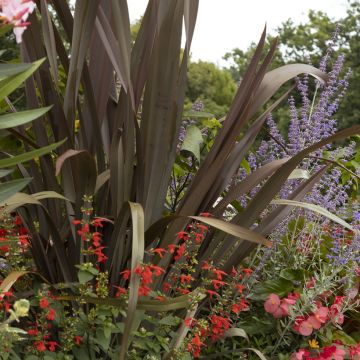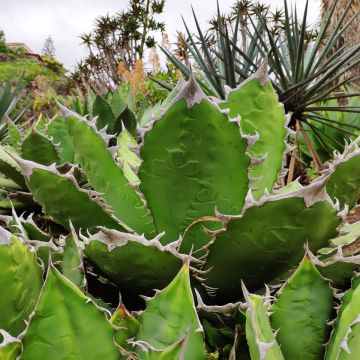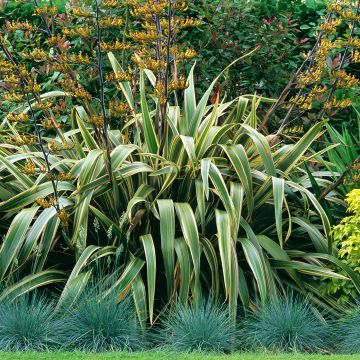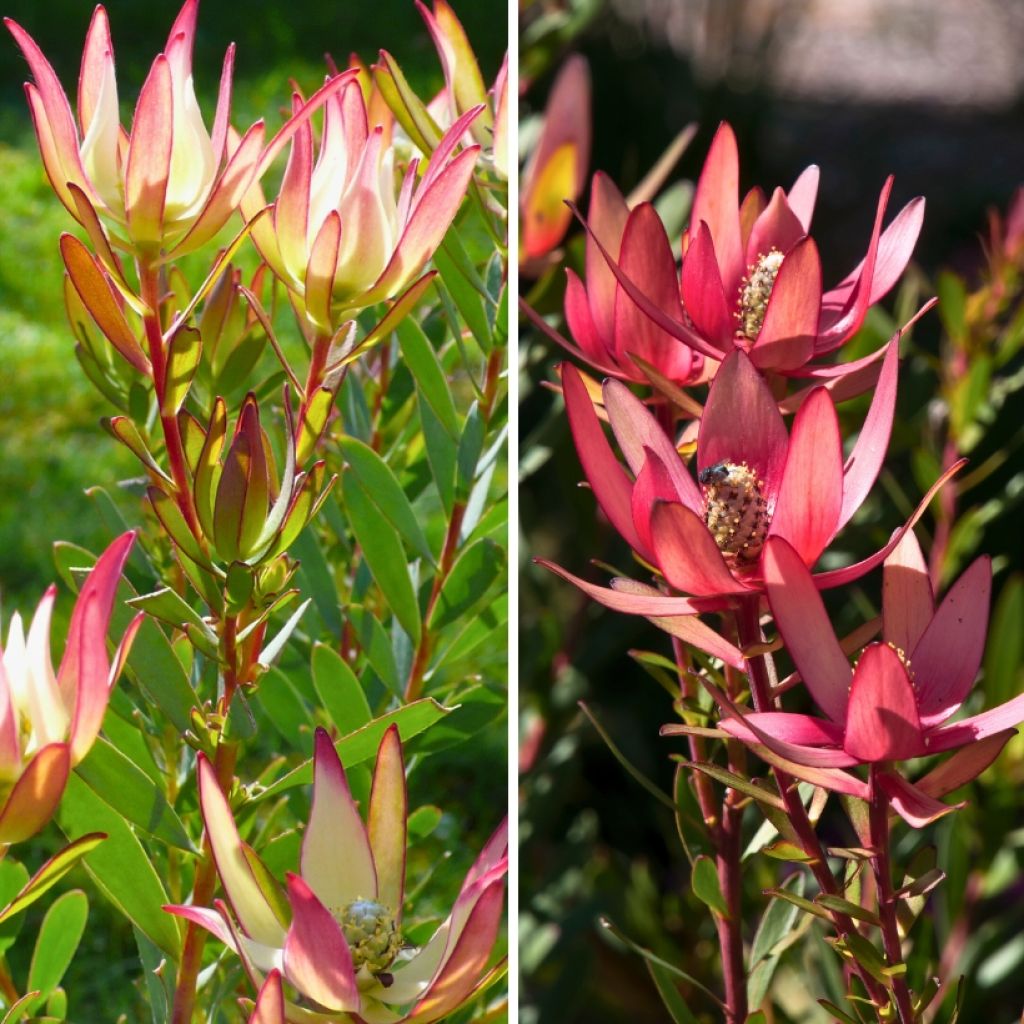

Duo of Leucadendronsafari Sunset and Jack Harre
Duo of Leucadendronsafari Sunset and Jack Harre
Leucadendron x salignum Safari Sunset, Jack Harre
Special offer!
Receive a €20 voucher for any order over €90 (excluding delivery costs, credit notes, and plastic-free options)!
1- Add your favorite plants to your cart.
2- Once you have reached €90, confirm your order (you can even choose the delivery date!).
3- As soon as your order is shipped, you will receive an email containing your voucher code, valid for 3 months (90 days).
Your voucher is unique and can only be used once, for any order with a minimum value of €20, excluding delivery costs.
Can be combined with other current offers, non-divisible and non-refundable.
Home or relay delivery (depending on size and destination)
Schedule delivery date,
and select date in basket
This plant carries a 24 months recovery warranty
More information
We guarantee the quality of our plants for a full growing cycle, and will replace at our expense any plant that fails to recover under normal climatic and planting conditions.
Would this plant suit my garden?
Set up your Plantfit profile →
Description
This Leucadendron duo brings together two exceptional varieties, 'Safari Sunset' and 'Jack Harre'. These evergreen bushes, similar to proteas and native to South Africa, are distinguished by their colourful foliage and unusual conical inflorescences that mainly appear in spring. These plants thrive in sunny gardens, but their cultivation is delicate as they have specific soil requirements. It is also essential to cultivate them in pots to overwinter them away from the coast.
The duo consists of:
1 Leucadendron 'Safari Sunset': This bush reaches a height of 1.50m to 2m. Its foliage changes from light green to purple-red in autumn, and its inflorescences consist of long and very noticeable bracts, with colours ranging from light red to yellow.
1 Leucadendron 'Jack Harre': This variety is more compact, reaching about 1m in height. Its green and yellow leaves remain bright all year round, and it offers a beautiful pink and red flowering.
Leucadendrons are ideally planted in spring, in full sun. They require a light, well-drained, filtering, nitrogen- and phosphorus-poor soil, with a tendency towards acidity, and moist to dry conditions in summer. A mixture of leaf compost, a little peaty soil, and river sand will be suitable. In coastal gardens, they can be integrated into flower beds, borders, or rockeries. These bushes can also be grown in 50 to 60-litre pots, with drainage holes, to decorate terraces and balconies.
In the ground, place the Leucadendron 'Safari Sunset' behind the lower 'Jack Harre' variety. Plan for approximately 1 to 2 plants per square metre, with a spacing of 80cm between each plant.
This duo can be complemented with a few lavenders and Corsican spurge plants, to be placed in the foreground. Ornamental grasses like Pennisetum provide movement and texture, while Agapanthus with blue or white umbels can be interspersed between the Leucadendrons.
Report an error about the product description
Plant habit
Flowering
Foliage
Botanical data
Leucadendron
x salignum
Safari Sunset, Jack Harre
Proteaceae
Cultivar or hybrid
Other Shrubs A to Z
View all →Planting and care
Plant your Leucadendron in spring, in a very sunny and sheltered location. This bush requires a light, well-drained, filtering soil, low in nitrogen, with an acidic tendency, moist to dry in summer. A mixture of leaf compost, a little peaty soil and river sand seems appropriate. Leucadendron, like proteas, is sensitive to excess phosphates and nitrates, so it is best to avoid giving too much fertiliser, or even not giving any at all.
Mature plants tolerate occasional frosts of around -4/-5°C in dry soil, young plants, on the other hand, should be protected during their first few years, in a frost-free location in cold climates or under winter protection in regions with mild winters. Leucadendron flowers after about 4 to 5 years of cultivation from sowing.
For indoor cultivation, it is important to ensure good room ventilation and to avoid watering with hard water. Use pots of at least 50 to 60 litres, with drainage holes at the bottom. These bushes need space to develop their roots and thrive, so a large container is necessary to ensure optimal growth and good health. Use a well-drained substrate to prevent root rot.
Here is an example of a special mixture for Proteaceae:
- Cactus soil: 50% (this type of soil is well-drained and aerated)
- Coarse sand or fine gravel: 30% (to improve drainage)
- Composted pine bark: 10% (to increase aeration and drainage)
- Well-decomposed compost: 10% (to provide nutrients)
Planting period
Intended location
Care
This item has not been reviewed yet - be the first to leave a review about it.
Similar products
Haven't found what you were looking for?
Hardiness is the lowest winter temperature a plant can endure without suffering serious damage or even dying. However, hardiness is affected by location (a sheltered area, such as a patio), protection (winter cover) and soil type (hardiness is improved by well-drained soil).

Photo Sharing Terms & Conditions
In order to encourage gardeners to interact and share their experiences, Promesse de fleurs offers various media enabling content to be uploaded onto its Site - in particular via the ‘Photo sharing’ module.
The User agrees to refrain from:
- Posting any content that is illegal, prejudicial, insulting, racist, inciteful to hatred, revisionist, contrary to public decency, that infringes on privacy or on the privacy rights of third parties, in particular the publicity rights of persons and goods, intellectual property rights, or the right to privacy.
- Submitting content on behalf of a third party;
- Impersonate the identity of a third party and/or publish any personal information about a third party;
In general, the User undertakes to refrain from any unethical behaviour.
All Content (in particular text, comments, files, images, photos, videos, creative works, etc.), which may be subject to property or intellectual property rights, image or other private rights, shall remain the property of the User, subject to the limited rights granted by the terms of the licence granted by Promesse de fleurs as stated below. Users are at liberty to publish or not to publish such Content on the Site, notably via the ‘Photo Sharing’ facility, and accept that this Content shall be made public and freely accessible, notably on the Internet.
Users further acknowledge, undertake to have ,and guarantee that they hold all necessary rights and permissions to publish such material on the Site, in particular with regard to the legislation in force pertaining to any privacy, property, intellectual property, image, or contractual rights, or rights of any other nature. By publishing such Content on the Site, Users acknowledge accepting full liability as publishers of the Content within the meaning of the law, and grant Promesse de fleurs, free of charge, an inclusive, worldwide licence for the said Content for the entire duration of its publication, including all reproduction, representation, up/downloading, displaying, performing, transmission, and storage rights.
Users also grant permission for their name to be linked to the Content and accept that this link may not always be made available.
By engaging in posting material, Users consent to their Content becoming automatically accessible on the Internet, in particular on other sites and/or blogs and/or web pages of the Promesse de fleurs site, including in particular social pages and the Promesse de fleurs catalogue.
Users may secure the removal of entrusted content free of charge by issuing a simple request via our contact form.
The flowering period indicated on our website applies to countries and regions located in USDA zone 8 (France, the United Kingdom, Ireland, the Netherlands, etc.)
It will vary according to where you live:
- In zones 9 to 10 (Italy, Spain, Greece, etc.), flowering will occur about 2 to 4 weeks earlier.
- In zones 6 to 7 (Germany, Poland, Slovenia, and lower mountainous regions), flowering will be delayed by 2 to 3 weeks.
- In zone 5 (Central Europe, Scandinavia), blooming will be delayed by 3 to 5 weeks.
In temperate climates, pruning of spring-flowering shrubs (forsythia, spireas, etc.) should be done just after flowering.
Pruning of summer-flowering shrubs (Indian Lilac, Perovskia, etc.) can be done in winter or spring.
In cold regions as well as with frost-sensitive plants, avoid pruning too early when severe frosts may still occur.
The planting period indicated on our website applies to countries and regions located in USDA zone 8 (France, United Kingdom, Ireland, Netherlands).
It will vary according to where you live:
- In Mediterranean zones (Marseille, Madrid, Milan, etc.), autumn and winter are the best planting periods.
- In continental zones (Strasbourg, Munich, Vienna, etc.), delay planting by 2 to 3 weeks in spring and bring it forward by 2 to 4 weeks in autumn.
- In mountainous regions (the Alps, Pyrenees, Carpathians, etc.), it is best to plant in late spring (May-June) or late summer (August-September).
The harvesting period indicated on our website applies to countries and regions in USDA zone 8 (France, England, Ireland, the Netherlands).
In colder areas (Scandinavia, Poland, Austria...) fruit and vegetable harvests are likely to be delayed by 3-4 weeks.
In warmer areas (Italy, Spain, Greece, etc.), harvesting will probably take place earlier, depending on weather conditions.
The sowing periods indicated on our website apply to countries and regions within USDA Zone 8 (France, UK, Ireland, Netherlands).
In colder areas (Scandinavia, Poland, Austria...), delay any outdoor sowing by 3-4 weeks, or sow under glass.
In warmer climes (Italy, Spain, Greece, etc.), bring outdoor sowing forward by a few weeks.






























